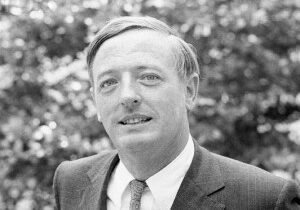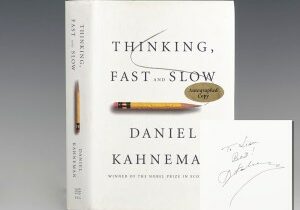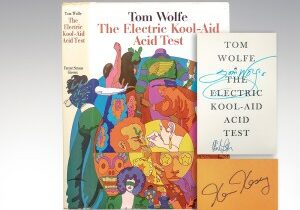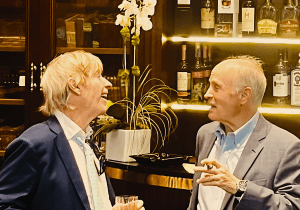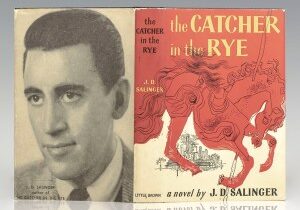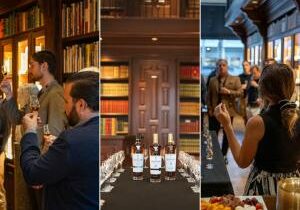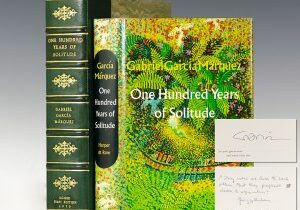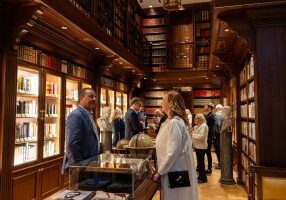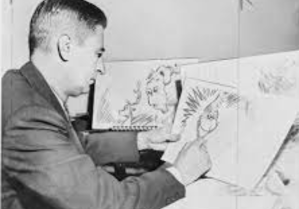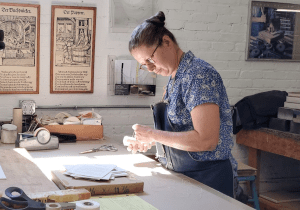The Post-War American literary movement, the Beat Generation, was born in the “Harlem of the West”, or, the Fillmore District of San Francisco, a rich and diverse arts district where rent was inexpensive and there was no lack of culture; the young, hip and artistic communed at gritty jazz clubs, informal poetry readings, and bohemian artists’ studios. The era was defined by spontaneity, improvisation, collaboration and coolness…all characteristics of the musical style of the jazz movement and a fresh approach to artistic expression that was distinctly American.
The reading of “6 Poets at 6 Gallery” on the evening of October 7th 1955 at Six Gallery on Fillmore Street marked the public debut of Allen Ginsberg’s “Howl” as well as a revolutionary moment in American literary history, with striking performances by the greatest minds of the Beat Generation: Allen Ginsberg, Neal Cassady, Kenneth Rexroth, Philip Walen, Gary Snyder, Lawrence Ferlinghetti, Michael McClure, and Philip Lamantia.

First mimeographed printing of Howl,. One of 25 copies preceding the first edition signed by Allen Ginsberg and five other poets present at the famous six gallery reading
New to our collection are two sheets from an exceptionally rare privately produced mimeographed printing of Howl, preceding the first published book edition. Only twenty five copies of the poem’s first appearance were produced, typed by the poet Robert Creeley in purple ink and printed by Marthe Rexroth at San Francisco State, where she was a secretary. The title page is signed by Allen Ginsberg, with the signature and a note by Marthe Rexroth, which reads, “I cranked the ditto master at S F State the first time around -and! was at the reading.” On the verso of the title, McClure has written the lengthy note: “This first long poem of Allen’s was read at the Six Gallery in San Francisco in October 1955. I was 22 years old and gave my first reading also that night. I read a poem titled FOR THE DEATHS OF 100 WHALES and other poems of nature and new consciousness. Our co-readers that night were Whalen, Snyder, & Lamantia. Kenneth Rexroth was M.C. I met Jack Kerouac that night.” On the dedication page are the signatures of Philip Lamantia, Gary Snyder, Philip Whalen, Lawrence Ferlinghetti and an inscription by David Meltzer: ” When Allen first read Kaddish in SF, I read too. I was 22.”
The event had been advertised by a postcard proclaiming: “Remarkable collection of angels all gathered at once in the same spot. Wine, music, dancing girls, serious poetry, free satori.” The audience included Neal Cassady, who passed around a wine jug and a collection plate and an inebriated Jack Kerouac, who refused to read his own work but cheered the other poets on, and later wrote an account in his novel The Dharma Bums.
Kerouac fictionalized the event with a description of circulating gallon jugs of California burgundy among the increasingly raucous crowd, “getting them all piffed so that by eleven o’clock when Alvah Goldbrook (Ginsberg’s stand-in in the novel) was reading his wailing poem ‘Wail’ (‘Howl’) drunk with arms outspread everybody was yelling ‘Go! Go! Go!’”

First Edition of Howl and Other Poems Inscribed by Allen Ginsberg
Also in attendance was Lawrence Ferlinghetti, who telegrammed Ginsberg the following day offering to publish his work, saying ” I greet you at the beginning of a great career. When do I get the manuscript?” He published in 1956 through his City Lights Press, but customs agents seized Howl and Other Poems when it arrived from its London-based printer on grounds that it was indecent and obscene. Ferlinghetti and his store manager Shigeyoshi Murao were acquitted of the obscenity charges in October 1957.
Howl relayed intimate accounts of Ginsberg’s life and the lives of his closest friends in a tumbling, hallucinatory style. The frank address of sexuality, and homosexuality in particular, led to obscenity charges upon the poem’s publication. Ginsberg dedicated the poem to Carl Solomon whom he met in a Psychiatric Hospital after he was arrested for having stolen goods in his apartment and vehicle. The first section of the poem immortalizes a few of Solomon’s personal exploits, such as the line, “…who threw potato salad at CCNY lecturers on Dadaism and subsequently presented themselves on the granite steps of the madhouse with shaven heads and harlequin speech of suicide, demanding instantaneous lobotomy.” Ginsberg admitted later this sympathy for Solomon was connected to bottled-up guilt and sympathy for his mother’s schizophrenia, who had been lobotomized.
When Ginsberg read the poem aloud the day of the Six Gallery reading many considered it the beginning of a new movement, and the reputation of Ginsberg and those associated with the Six Gallery reading spread throughout San Francisco. In response to Ginsberg’s reading, Michael McClure wrote: “Ginsberg read on to the end of the poem, which left us standing in wonder, or cheering and wondering, but knowing at the deepest level that a barrier had been broken, that a human voice and body had been hurled against the harsh wall of America….”
In addition to the items described above, our collection currently includes first editions of Jack Kerouac’s first novel The Town and The City, Doctor Sax, Big Sur, and Visions of Cody which features an introduction by Allen Ginsberg, as well as first editions of Robert Frank’s photography books The Americans and Pull My Daisy both of which feature text by Kerouac.


